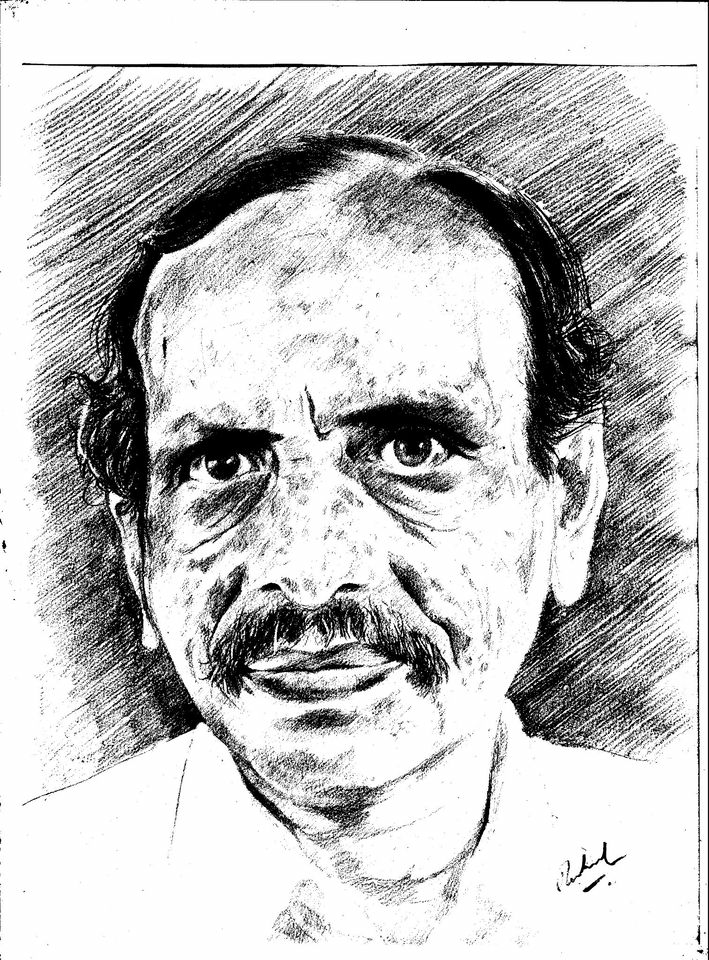$\newcommand{\DD}[2][]{\frac{d^2 #1}{d^2 #2}}$ $\newcommand{\matrixelement}[3]{\langle#1|#2|#3\rangle}$ $\newcommand{\PP}[2][]{\frac{\partial^2 #1}{\partial #2^2}}$ $\newcommand{\dd}[2][]{\frac{d#1}{d#2}}$ $\newcommand{\pp}[2][]{\frac{\partial #1}{\partial #2}}$ $\newcommand{\average}[2]{\langle#1|#2|#1\rangle}$
Two problems with,Ampere's law and charge conservation, Maxwell's equations for time varying field are discussed. Maxwell modified the fourth equation by adding a displacement current.
Two problems with,Ampere's law and charge conservation, Maxwell's equations for time varying field are discussed. Maxwell modified the fourth equation by adding a displacement current \begin{equation} \nabla \times \vec{B} = \mu_0 \vec{j} + \epsilon_0\mu_0 \pp[\vec{E}]{t}. \end{equation}
1. Maxwell's equation for laws of induction
\begin{FileText}{ In the static situation when the fields, do not vary with time, the electric and magnetic field for charges and currents are described by the following equations. \begin{align} &\text Electrostatics & \qquad &\nabla\cdot\vec{E}=\rho/\epsilon_0,& \qquad &\nabla\times\vec{E}=0\\ &\text Magnetostatics & \qquad &\nabla\cdot B=0,& \qquad &\nabla\times\vec{B}=\mu_0\vec{j} \end{align} \noindent These are equivalent to the known laws of electrostatics and magnetostatics, such as Coulomb's law, Gauss's law, Biot-Savart law and Ampere's law. \noindent When the fields are changing with time, we have the phenomena of induction. A correct description of induction phenomena is obtained by modifying the second equation as indicated below. \begin{equation} \nabla\times\vec{E}=0 \longrightarrow \nabla\times \vec{E} = -\frac{\partial\vec{B}}{\partial t}\,. \end{equation}
1.1 Maxwell's fourth equation
What about the fourth equation?
Is there a need to change the fourth Maxwell's equation \(\nabla \times \vec{B}=\mu_0 \vec{j}\) for time varying fields? Yes, there is a need to modify it. The equation for static becomes inconsistent with several observations in time varying situations. Maxwell modified the static equation by adding a displacement current in the fourth equation.
1.2 Displacement current
To remove the above mentioned anomalies, Maxwell modified the fourth equation by adding an extra term, which contributes only in time dependent situations. The modified the fourth equation reads as follows. \begin{align} \nabla\times\vec{B} = \mu_0\vec{j} \longrightarrow \nabla\times\vec{B} = \mu_0\vec{j} \ + \ &\mu_0\epsilon_0 \frac{\partial\vec{E}}{\partial t} \label{EQ04}\\\nonumber & \searrow \text{displacement current} \end{align} This modification is important for time varying fields. It does not contribute when fields are not changing with time. Maxwell called the extra term in {EQ04} as displacement current.
References
- Sec 18-1 Maxwell's Equations Sec 18-2 How the New Term Works R. P. Feynman, Robert B. Leighton and Mathew Sands Lectures on Physics, vol-II, B.I. Publications (1964)
- Sec 7.3.1 Electrodynamics Before Maxwell Sec 7.3.2 How Maxwell Fixed Ampere's LawSec 7.3.3 Maxwell's Equations David Griffiths, Introduction to Electrodynamics, 3rd EEE edn, Prentice Hall of India Pvt Ltd New Delhi, (2002).
Exclude node summary :
Exclude node links:
4727:Diamond Point






 ||Message]
||Message]
